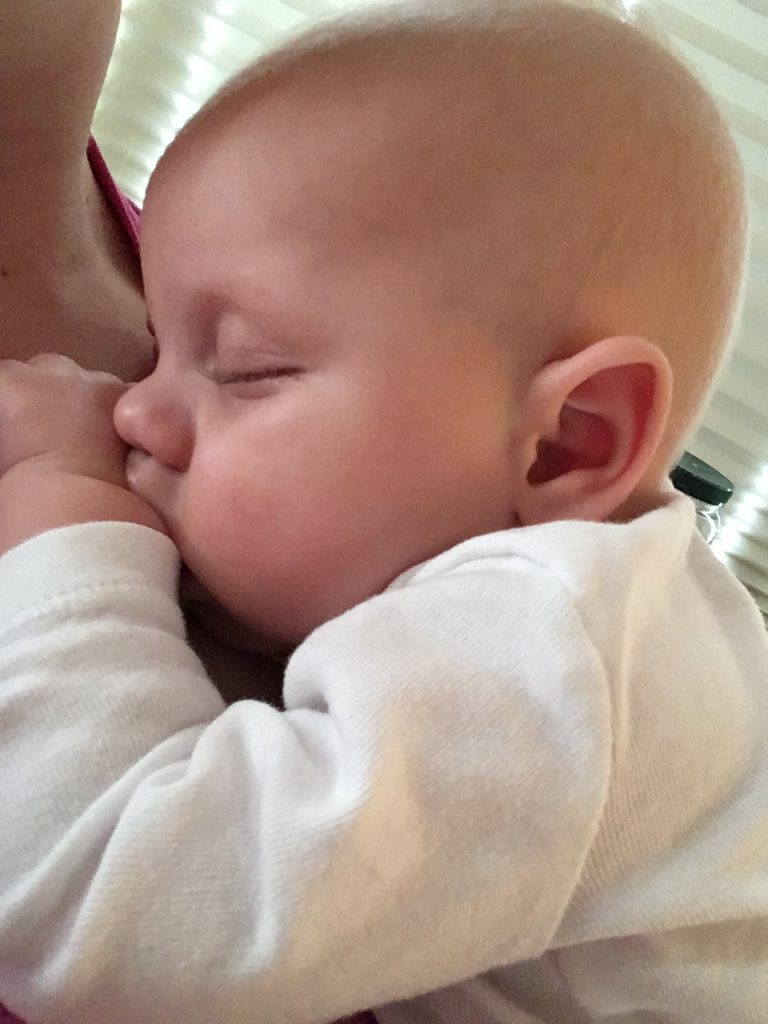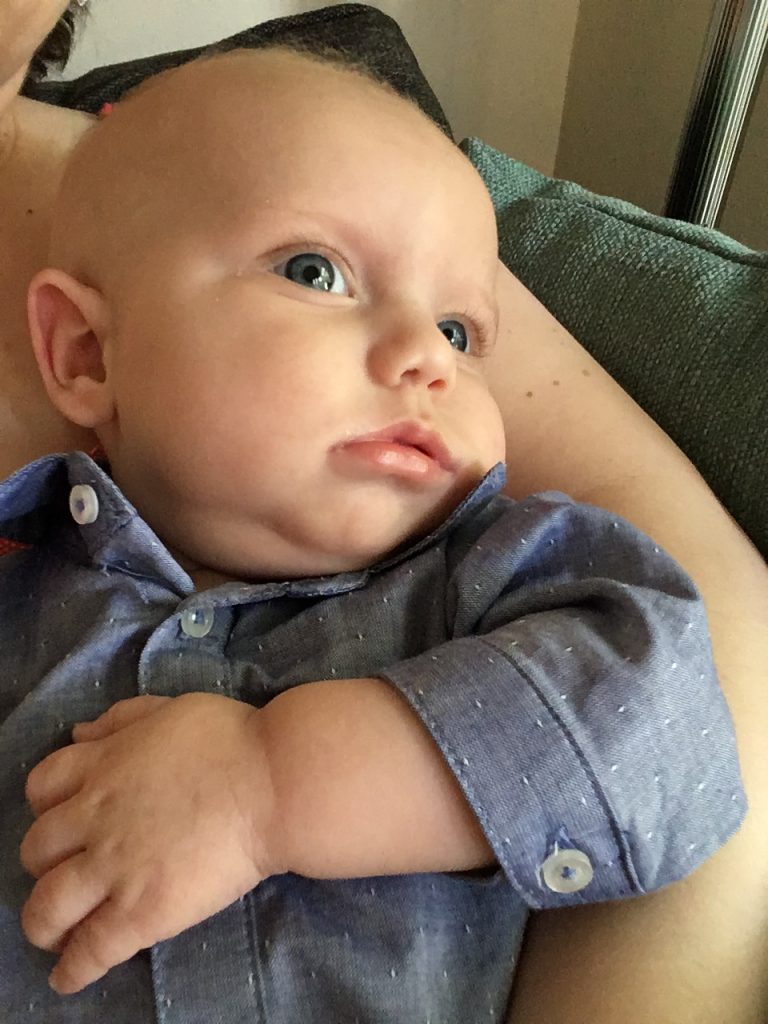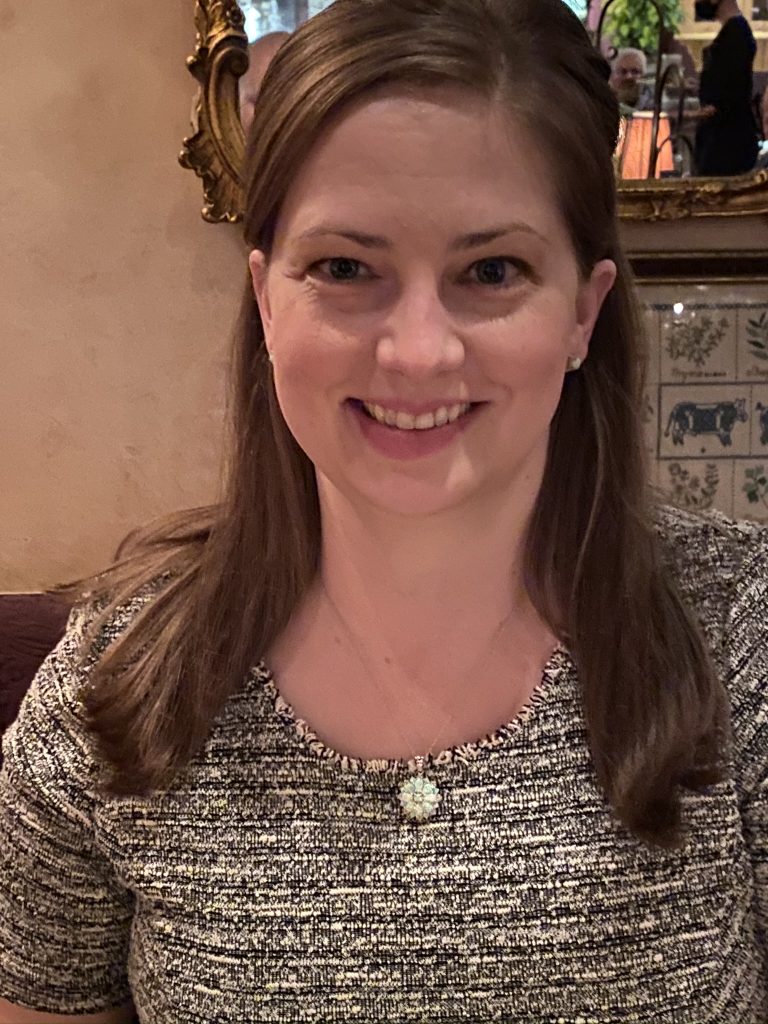4/5/2022
·Enable high contrast reading
Your Child’s Baseline and Time Under Tension

 My favorite thing about my gym is that I’m led by an expert. I show up three times a week, for one hour, and follow the instructions of a coach leading me and several others through various rotations on treadmills, rowers, and the weight floor. I love being delegated to by a fitness pro who can help me maximize my time and effort. One of the phrases I often hear on the weight floor is “time under tension, tension under time.” Form is everything when lifting weights – finding the balance between heavy enough to strengthen but not injure; fast enough to stretch but not strain. I decide what amount I will lift for any exercise, and I decide this based on intuitive cues from my body. Even though there’s a professional providing guidance, I remain the ultimate decision-maker about what’s going to work best for me.
My favorite thing about my gym is that I’m led by an expert. I show up three times a week, for one hour, and follow the instructions of a coach leading me and several others through various rotations on treadmills, rowers, and the weight floor. I love being delegated to by a fitness pro who can help me maximize my time and effort. One of the phrases I often hear on the weight floor is “time under tension, tension under time.” Form is everything when lifting weights – finding the balance between heavy enough to strengthen but not injure; fast enough to stretch but not strain. I decide what amount I will lift for any exercise, and I decide this based on intuitive cues from my body. Even though there’s a professional providing guidance, I remain the ultimate decision-maker about what’s going to work best for me.
This professional guidance/personal decision-maker dynamic works great at the gym but is absolutely overwhelming when parenting a child with a complex illness. I learned very early in Colson’s life with mitochondrial disease that it was my job to maintain a coherent narrative about his health and developmental status. I was the one responsible for tracking his baseline, taking cues from him and suggesting to specialists where we might need to push harder, or slow down and catch our breaths.
So much of understanding and organizing around a child’s baseline is driven by a parent’s intuition. Talk about too much tension. Talk about not enough time. Whenever someone told me to “trust my intuition” during Colson’s life, I thought some version of the following: “You want me to trust my intuition? She’s a mess! My intuition is tired and scared and didn’t go to medical school. My intuition thinks that Kraft Mac’n’Cheese is the greatest food on earth. SHE IS OBVIOUSLY UNDERQUALIFIED!”
And yet, just like strengthening a muscle, managing a baseline requires science and intuition. We trust our child’s providers to have the science part figured out. And while we parents do our best, it’s important to acknowledge that there are several factors that can complicate our intuition and make it difficult for us to trust.
Changes in baseline can be very subtle – almost imperceptible. We’re with our kids for the majority of each day, every day. We normalize subtle shifts in our kids’ behavior or care that cumulatively, over time, are actually quite significant. With Colson, I didn’t notice the decreased frequency or range of his vocalizations until I looked back at videos from earlier in his life. I didn’t register how significantly we had decreased his daily food intake by the time he was four, from his initial caloric targets when he was one. I knew things had shifted – but just didn’t register how much until after he died, and I started looking at videos and treatment plans from earlier in his life. It’s hard to look back when you’re trying to keep your child’s life moving forward.
Treatments often multiply as symptoms progress – making it difficult to untangle what’s working and what’s not. Colson was on nine medications being administered a total of fifteen times a day towards the end of his life. Each medication was designed to treat a unique symptom – and each medication had side effects that could potentially complicate other symptoms. This, in addition to tube feeding and cough-assist treatments and physical and occupational therapy and the list goes on. I often fantasized about admitting Colson to the hospital and removing all non-critical interventions (i.e., nutrition and biochemical supplements), simply to reestablish his baseline. To get us back to where we had been when he was just three weeks old and beginning his life with this disease. I wondered how many seizures he might have without seizure meds. I wondered how his energy or comfort might change without his pain management med. I wondered how much (or, rather, how little) food his body actually needed. I wondered how I would feel about everything we were doing for him, which increasingly felt like doing to him. I wondered if any of it was actually helping him in any meaningful way. This, to me, felt like a necessary step to take before confirming a decision to move towards comfort care only. But I didn’t know how to describe it, so I didn’t know how to advocate for it. I just knew everything felt incoherent and I didn’t have the mental or emotional bandwidth to untangle it.
 Providers are trained to fix. Incredible progress in public health, science, and the practice of medicine has contributed immensely to better lives and longevity for children in wealthy nations. Doctors and other providers have knowledge and tools to provide life-changing, life-giving care that was unfathomable mere decades ago. It’s no wonder that they want to wield this precious power to help their patients, and are trained to do just that. But it is rare for a specialist to pause and acknowledge that whatever acute intervention they may be able to offer, particularly in the face of complex, progressive, or degenerative diseases, will only be a short term solution to a long-term challenge. (For a fascinating read on the tensions that come with modern medicine and pediatric illness, I highly recommend this article by Perri Klass.) I remember towards the end of Colson’s life, as his motility was failing, a well-intentioned doctor recommended we begin daily enemas for him to try to keep things moving. And, although I didn’t say it out loud, I did say to myself, “yeah, we’re not doing that.” I knew that once we started that treatment, it would just be a matter of time before its effectiveness wore off and we’d be back to searching for a fix that simply didn’t exist. It would have been so much more helpful if they had said something along the lines of, “I do have treatment options for you, though I think it might be useful to explore goals for this treatment long-term, since his motility has gotten worse over time and is not likely to get better.”
Providers are trained to fix. Incredible progress in public health, science, and the practice of medicine has contributed immensely to better lives and longevity for children in wealthy nations. Doctors and other providers have knowledge and tools to provide life-changing, life-giving care that was unfathomable mere decades ago. It’s no wonder that they want to wield this precious power to help their patients, and are trained to do just that. But it is rare for a specialist to pause and acknowledge that whatever acute intervention they may be able to offer, particularly in the face of complex, progressive, or degenerative diseases, will only be a short term solution to a long-term challenge. (For a fascinating read on the tensions that come with modern medicine and pediatric illness, I highly recommend this article by Perri Klass.) I remember towards the end of Colson’s life, as his motility was failing, a well-intentioned doctor recommended we begin daily enemas for him to try to keep things moving. And, although I didn’t say it out loud, I did say to myself, “yeah, we’re not doing that.” I knew that once we started that treatment, it would just be a matter of time before its effectiveness wore off and we’d be back to searching for a fix that simply didn’t exist. It would have been so much more helpful if they had said something along the lines of, “I do have treatment options for you, though I think it might be useful to explore goals for this treatment long-term, since his motility has gotten worse over time and is not likely to get better.”
Our culture still views death as a failure. Oof. This one is difficult to type. But there it is. I’ve often felt uncomfortable with the adversarial language that is used in disease communities, though I understand and respect the role it plays in building hope and awareness. But the notion of Colson being a “fighter” or a “warrior” against his disease never sat well with me. No mother wants their child to go to war. I wanted my boy to just … live … as long and as well as he could, without it feeling like a constant fight to keep him here. And that felt both so true and so wrong to me at the same time. And I wish someone could have told me every single day that, “it’s okay if you want this to be done for him.” Because by the time I was ready to live into that, he was already gone.
It took me three months to move from the eight-pound weights to the ten-pound weights for bicep curls at the gym. It took me four years to move from managing my child’s baseline towards life, to managing it towards less, then giving it over to death. Not all parents are granted that time to adjust – to a diagnosis, to a barrage of symptoms, to the truth that they may outlive their child and that doing so might just be the best way to love them. Talk about too much tension. Talk about not enough time.
 Liz Morris loves exploring complex questions. Her professional experiences in project management, librarianship, and community development prepared her well for her favorite role as mom to Colson. Colson, impacted by mitochondrial disease since birth, inspired Liz to face the complicated aspects of his life through writing and advocacy. Liz serves as a family advisor at Seattle Children’s Hospital, and is a volunteer ambassador for the United Mitochondrial Disease Foundation. She is committed to helping families find the information they need to help them live well in the face of life-limiting illness. You can find Liz on Instagram @mrsliz.morris
Liz Morris loves exploring complex questions. Her professional experiences in project management, librarianship, and community development prepared her well for her favorite role as mom to Colson. Colson, impacted by mitochondrial disease since birth, inspired Liz to face the complicated aspects of his life through writing and advocacy. Liz serves as a family advisor at Seattle Children’s Hospital, and is a volunteer ambassador for the United Mitochondrial Disease Foundation. She is committed to helping families find the information they need to help them live well in the face of life-limiting illness. You can find Liz on Instagram @mrsliz.morris




